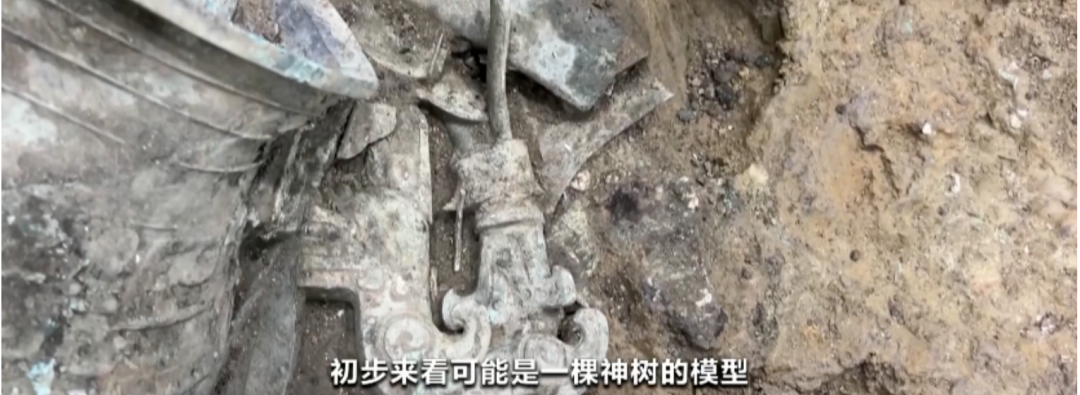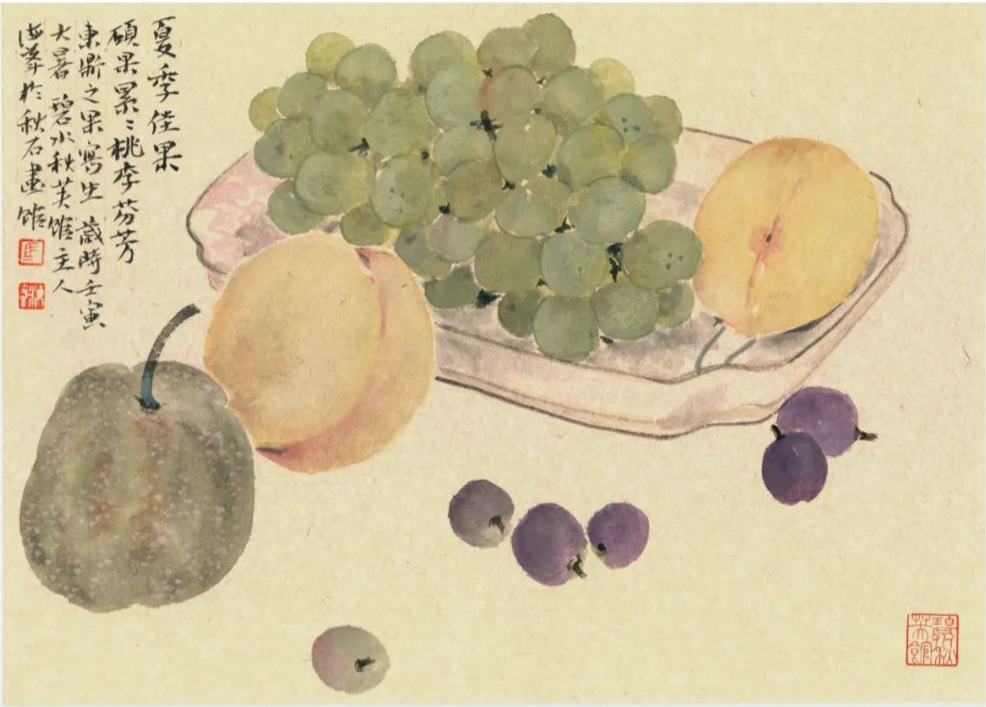"I have never seen it!" Sanxingdui was new again!
Author:Voice of Zhejiang Time:2022.08.16
Bleak
To set "the Voice of Zhejiang" as an astrology, it is easier to find us
not
Source: CCTV News Client
The copyright belongs to the original author, if there is any infringement, please contact it in time
In 1986, Sanxingdui was excavated for the first time. Bronze Dairen, Bronze God Tree, Bronze Mask, Golden Scenarians ... Many cultural relics types that have never been seen before broke the soil from No. 1 and No. 2 pit to break the soil. Out, amazing the world. From October 2019 to October 2020, the six new sacrifice pits in Samsung Dou were found and launched a one after another.
Unicorn "Pig Nose Dragon" is unearthed all out of the picture
At present, with the advancement of archeological work, the pits of No. 3 to 6 have been clearly discovered. No. 7 and No. 8 pits have also entered the end of the excavation, and surprises have continued. Recently, the star cultural relics unicorn "Pig Nose Dragon" of the 8th pit was extracted and unearthed, and its whole picture also appeared.
Zhao Hao, the archeological team of the Sanxingdui site sacrifice area: The pork nose dragon -shaped device is a piece of utensils that Samsung Dou had never seen before. First of all, the body is very large. The current measurement length is more than 1.2 meters, close to 1.3 meters. The diameter of the barrel -shaped part of the central part is about 15 cm, and then its eyes are protruding, forming a vertical eye. The place between the two eyes is the widest part of the dragon shape, about 20 cm.
The part of the nose is very square, wide, and long, so we look like a pig nose for the time being, because the part is really not a pig's mouth. Its mouth and teeth are in the central area of the entire bronze statue.
Pig -nose dragon shape is a name that we are currently given temporarily. How to determine the subsequent specific names, we need to discuss this matter by the expert group.
"Pig Nose Dragon" full of nose casting teeth is particularly chic
Compared with the national treasures such as Dairen and Large God Beasts, pig nose dragon -shaped wares, cylindrical waist, look uncomfortable. After the unearthed, the archaeological experts further confirmed that it turned out that the "unicorn" nose was covered with teeth, and the shape was particularly special.
Observe carefully, the pork nose's faucet remains a right ear that grows forward, with a unicorn in the middle of the forehead, the head and neck are covered with scales, and the body has feather wings and unnamed patterns, all of which are shampoo carvings, all of which are shampoo carving. Crafts. Thanks to these decoration points, the rough pork nose dragon, which originally looked rough, was a little more elegant and chic. After extraction, archeologists further confirmed that the entire nose of the pig nose dragon was modified with a tooth. Zhao Hao, the archeological team of the Sanxingdui site sacrifice area: A circle of its nose is decorated with a very obvious and clear image of tooth. This is the decoration of the tooth that is directly cast.
Video screenshot

According to experts, in the period of Chinese bronze, especially during the Xia and Shang period, there were many places, and toothy appeared in many places, and it was mainly based on the physical jade teeth, and a large number of tooth stacks were unearthed. With the deepening of archeological work, the bronze wearing a pointed hat from the No. 3 pit, and the bronze standing on the large beast head of the 8th pit, the image of the tooth was also appeared at the skirt. In addition, the whole nose of the pig nose is decorated with the tooth. This special phenomenon has become a key clue for archaeological experts to decoding Samsung Douya's mystery.
The hollow pork nose dragon -shaped device has a thickness of only about three millimeters. There is an opening at the tail. There are nail holes left by the two ends of the opening. Archaeologists speculate based on this that "pig nose dragon" may be the architectural components of the ancient Shu people. When used, it will be used. The cylindrical wooden pillar is inserted into the dragon body, and the copper nails are fixedly connected.
Zhao Hao, the archeological team of Sanxingdui Site Sacred Sacrifice: We speculate that it is used on some buildings, such as the corner of the house, the roof ridge, or the outbound part of the building, then it is very likely to be used as a large decoration.
The four -wing of the gods of the god tree
The reporter learned from the archeological team that in the near future, when the archaeological team cleared a copper -respected cover on the 8th pit, it was found on the top of the cover cover and found a "four -wing little beast". God beast.
A piece of utensils cleaned up by archeological players were tentatively named as hollow beast cover, which was roughly located in the middle area of the 8th pit. Recently, with the abbreviation of a bronze pupa on it, the hollow beast cover revealed the true capacity. A big slap, a big and inverted little bronze man, close to the hollow pattern, and struggled with his hands on the edge of the cover. The toes, calves, and arms muscles were full, highlighting the strength of the character's posture. The hollow pattern supports a platform, and stands up on the platform to stand up to a little beast. And this beast is significantly different from the discovery of the four -legged beasts unearthed before Sanxingdui.
The beast found in the 8th pit, the large -scale stand -up god beast, is a small bronze stand on the top of the head. The beast on the bronze altar is a bronze portrait ride on the beast. The latest four -winged beasts discovered show another feature it played in the spiritual world of the ancient Shu people.
Zhao Hao, the archeological team of the Sanxingdui site sacrifice area: The interesting place is on the back of the beast. We currently see that there is still a thing. Initially, it may be a model of a god tree. It's right. So it is the situation that the beast may indeed have multiple functions.
Video screenshot

It is very different from other gods and beasts in its head shape. The four -winged beasts are round -like tiger -like tigers, as well as sharp teeth. The other Samsung Dougian beasts currently discovered are wide -mouth pork nose, and they are not toothy. Experts said that the four -winged beasts may be the abstraction and recreation of real animals, and it is also a mixture of multiple animals; more importantly, the Central Plains has not found a copper respected. Samsung Dou's small top Zun was knelt down to sit on the portrait. Although the Tongzun was covered, it stayed at the model level. This imaginative hollowing -out vector cover intuitively shows the unique understanding and use of the ancient Shu people to the bronze -respected ritual instrument, which further provides a vivid example of the multi -in -one pattern of Chinese civilization.
Wing hollow bronze bird 8 pit reproduces unique novelty
At the last moment of Fengkeng, Sanxingdui always surprised us. No. 8 pit has recently discovered a bronze bird with hollowed wings, a new shape, showing the amazing imagination of the ancient Shu people.
Zhao Hao, archeological team of Sanxingdui Site Sacred Sacrifice: At present, we found a new utensil next to the original phoenix stigma. This utensil is not large, but it is very interesting and is also a very important utensil.
Video screenshot

This is the "new utensil" that the person in charge of the No. 8 excavation of Zhao Hao, which is located in the triangle center of the phoenix stigma and two bronze avatars. Archaeological experts judge from the ground that has now revealed the ground. This is a bronze bird, and the wings are hollowed out. This is not the same as the bronze birds on the bronze god tree, which is also the only one -wing -wing hollow bronze bird discovered by Sanxingdui.
At the end of the excavation, the No. 8 pit of Sanxingdui has been bottomed. There are still national treasures such as tiger head and tiger brain bronze dragon, large bronze Zunzun, large beasts, etc. According to the excavation scheme, archeologists need to extract the small utensils distributed around these heavy weapons before extraction.
Zhao Hao, the archeological team of Sanxingdui Site Sacred Sacrifice: The western part of the pit is now relatively dense. From the end of September to the beginning of October, we should be able to complete the extraction work of the whole pit. Repair work comes up.
- END -
Vegetables and vegetables, seafood, ice drink ... What is your Shanghai summer food?

Art language can point to Gao YuanhongYou can also be close and gentleOne flower, ...
"Art China" focuses on recommending contemporary outstanding calligraphers -Chen Den

Chen Den, a native of Xunxi Mountain, was born in Beiyi, Chongqing in April 1955.I...